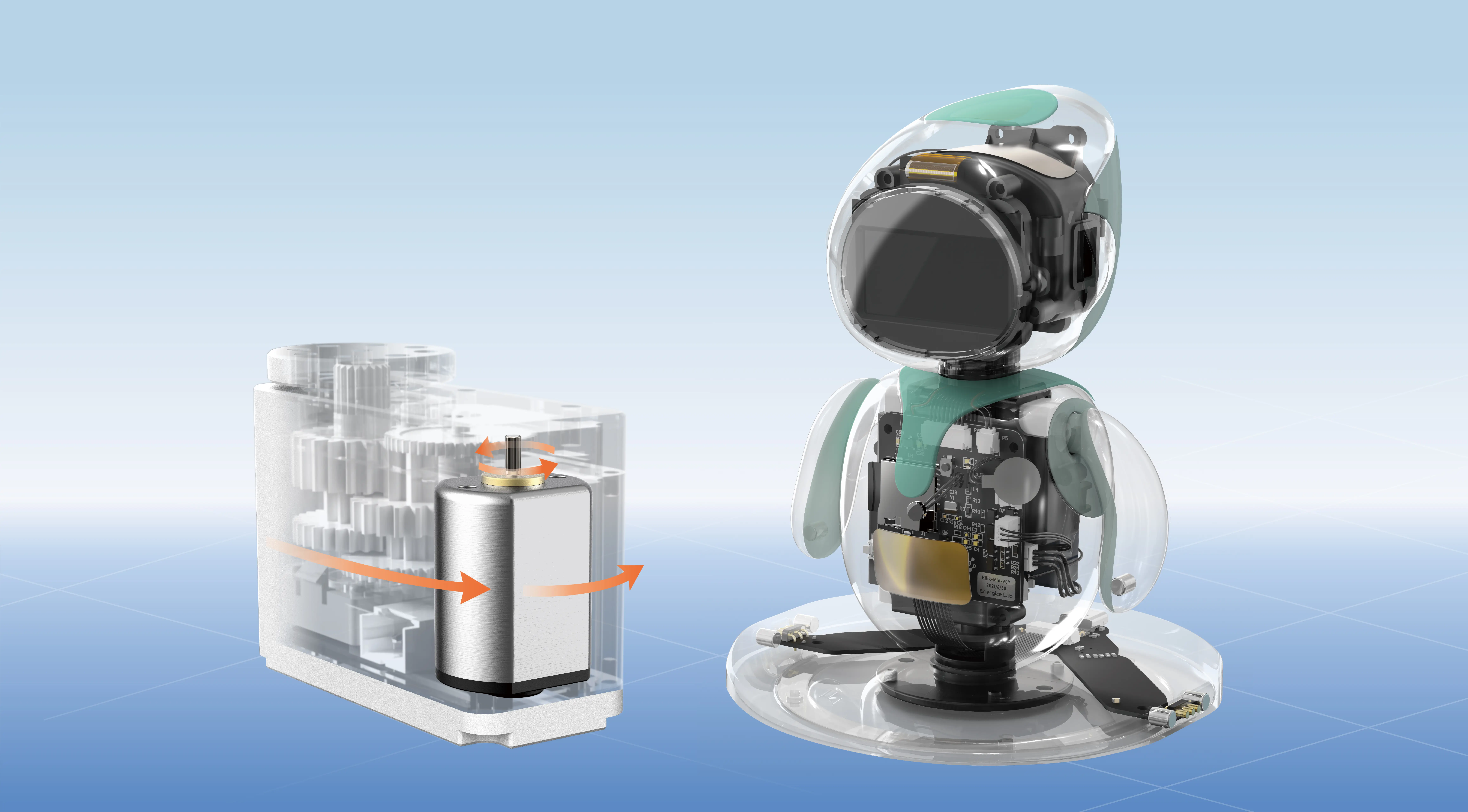Ever worked on a project where everything just feels a bit scattered? Like, there’s this jumble of code, services trying to talk over each other, and you’re constantly firefighting instead of building? That’s where the 12 Factor Principles for microservices come in, turning chaos into clarity. It’s like giving your apps a fresh breath of life, making them smarter, leaner, and way more manageable.

So, what’s the deal with these 12 factors? Imagine you’re assembling a team of tiny superheroes, each with their own powers but working seamlessly together. That’s what these principles achieve for your software. They set the ground rules for things like faster deployment, scalable architecture, and easier maintenance. No more spaghetti-code mess or days lost trying to untangle dependencies. Instead, think modular, flexible, autonomous services that can grow with your company.
Take, for instance, the principle about statelessness. Ever notice how your app struggles during traffic spikes? With stateless design, each request is like a standalone hero—it carries all it needs right there in the moment. No memory of past interactions needed, making scaling a breeze. Want to ramp things up? Simply add more instances, and your service handles it smoothly. That’s a game-changer, especially when customer experience is on the line.
And what about configuration? Instead of hardcoding stuff, you keep configuration separate from your code. It’s like setting the scene for a play and then running different acts without rewriting the script. It means you can tweak settings—like database URLs or API keys—without breaking a sweat and without redeploying. Makes updates faster and safer.
Security and deployment? Oh, they’ve got their own rules too. Continuous deployment becomes less of a headache when each service is isolated with its own external dependencies, and security policies are built right into the process. Think about those scenarios where a bug fix or a new feature gets out quickly—no fuss, no delays, and zero downtime. That’s what the 12 Factors bring to the table.
Sometimes, folks ask: “Isn’t following all these principles kinda restrictive?” Nope, not at all. It’s about giving your team a clear, effective military strategy for software development. Instead of reinventing the wheel every time, you’re sticking to a proven set of guidelines that can really accelerate growth and innovation.
At the end of the day, adopting the 12 Factor Principles isn’t just about technical tidiness—it’s about transforming how your team builds, scales, and manages digital services. Think of it as planting the seeds for a future where your apps are resilient, adaptable, and ready to tackle whatever comes next. Sounds good, right? Because it absolutely is.
Established in 2005, Kpower has been dedicated to a professional compact motion unit manufacturer, headquartered in Dongguan, Guangdong Province, China. Leveraging innovations in modular drive technology, Kpower integrates high-performance motors, precision reducers, and multi-protocol control systems to provide efficient and customized smart drive system solutions. Kpower has delivered professional drive system solutions to over 500 enterprise clients globally with products covering various fields such as Smart Home Systems, Automatic Electronics, Robotics, Precision Agriculture, Drones, and Industrial Automation.




































